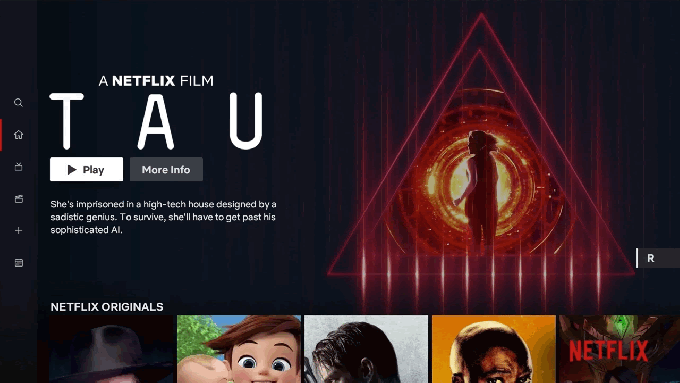在Netflix的决策
Martin Tingley with Wenjing Zheng, Simon Ejdemyr, Stephanie Lane, and Colin McFarland
马丁-丁利 与 郑文静, Simon Ejdemyr, 斯蒂芬妮-莱恩, 和 科林-麦克法兰
This introduction is the first in a multi-part series on how Netflix uses A/B tests to make decisions that continuously improve our products, so we can deliver more joy and satisfaction to our members. Subsequent posts will cover the basic statistical concepts underpinning A/B tests, the role of experimentation across Netflix, how Netflix has invested in infrastructure to support and scale experimentation, and the importance of the culture of experimentation within Netflix.
这篇介绍是一个多部分系列的第一篇,介绍Netflix如何使用A/B测试来做出决策,不断改进我们的产品,从而为我们的会员提供更多的快乐和满足。随后的文章将介绍支撑A/B测试的基本统计概念,实验在Netflix中的作用,Netflix如何投资基础设施以支持和扩展实验,以及Netflix内部实验文化的重要性。
Netflix was created with the idea of putting consumer choice and control at the center of the entertainment experience, and as a company we continuously evolve our product offerings to improve on that value proposition. For example, the Netflix UI has undergone a complete transformation over the last decade. Back in 2010, the UI was static, with limited navigation options and a presentation inspired by displays at a video rental store. Now, the UI is immersive and video-forward, the navigation options richer but less obtrusive, and the box art presentation takes greater advantage of the digital experience.
创建Netflix的理念是将消费者的选择和控制置于娱乐体验的中心,作为一家公司,我们不断发展我们的产品,以改善这一价值主张。例如,Netflix的用户界面在过去十年中经历了彻底的转变。早在2010年,用户界面是静态的,只有有限的导航选项和受视频租赁店显示屏启发的演示。现在,用户界面是身临其境的,而且是以视频为导向的,导航选项更丰富,但不那么碍眼,而包装盒上的图案也更多地利用了数字体验的优势。


Figure 1: The Netflix TVUI in 2010 (top) and in 2020 (bottom).
图1:2010年(顶部)和2020年(底部)的Netflix TVUI。
Transitioning from that 2010 experience to what we have today required Netflix to make countless decisions. What’s the right balance between a large display area for a single title vs showing more titles? Are videos better than static images? How do we deliver a seamless video-forward experience on constrained networks? How do we select which titles to show? Where do ...